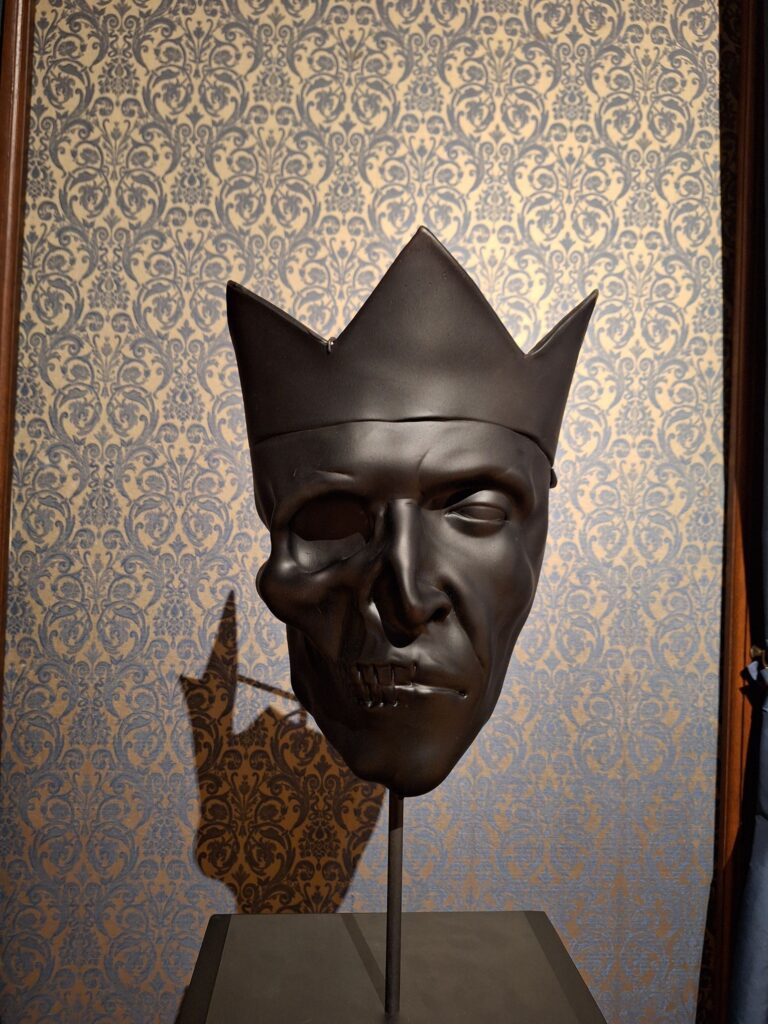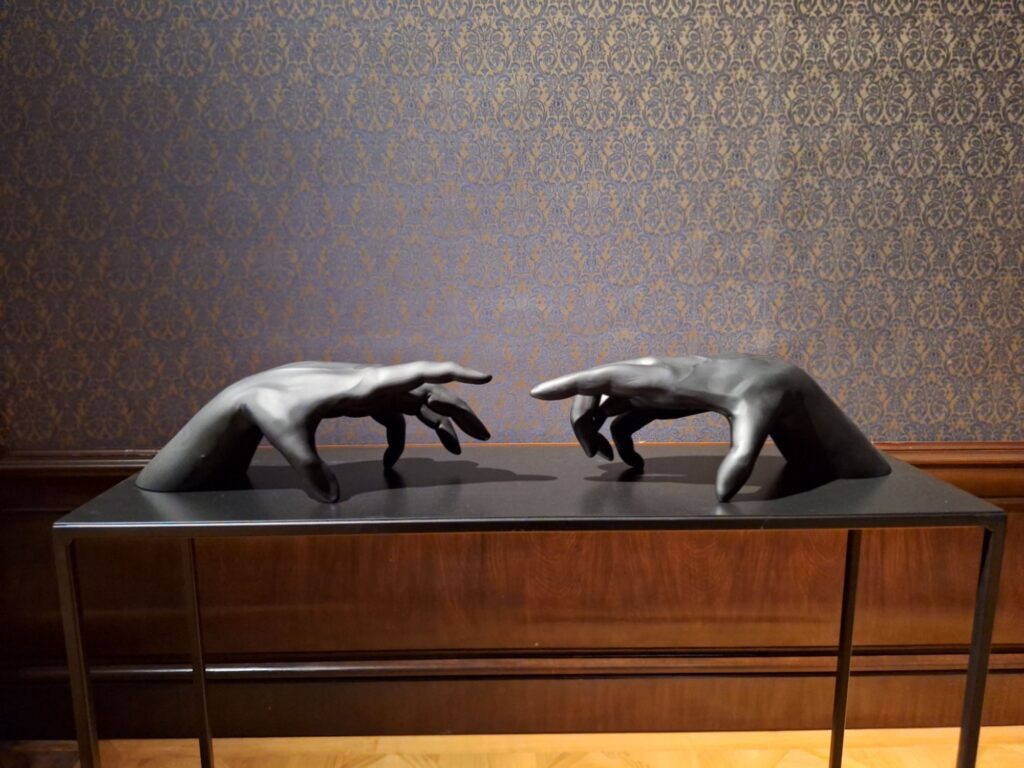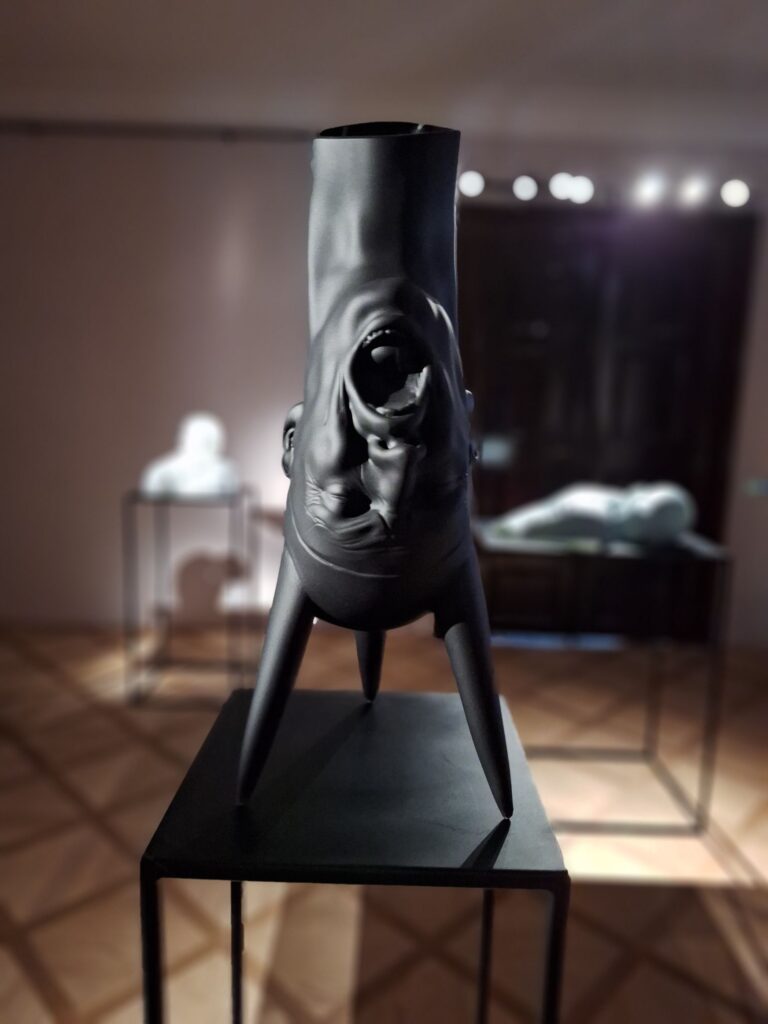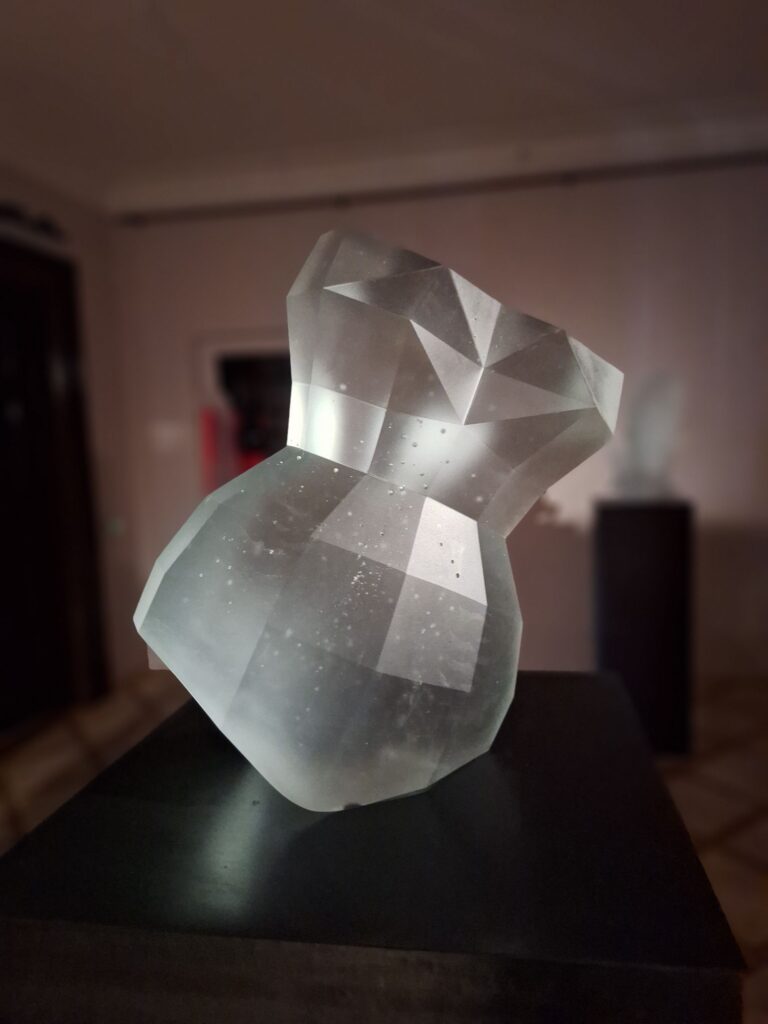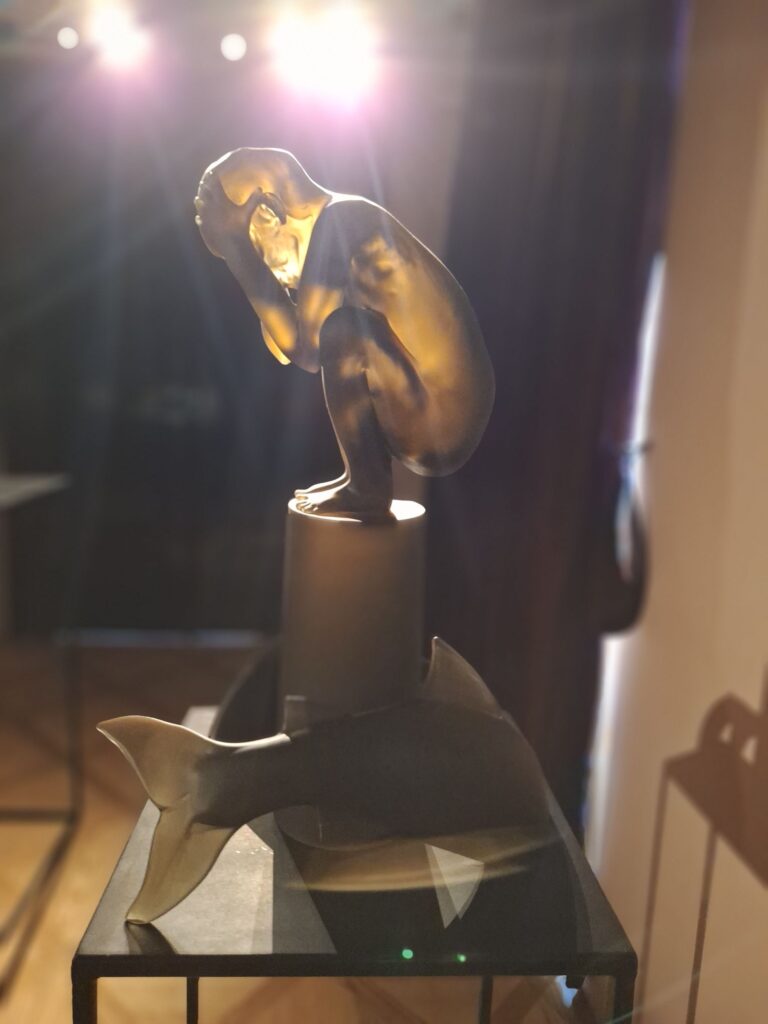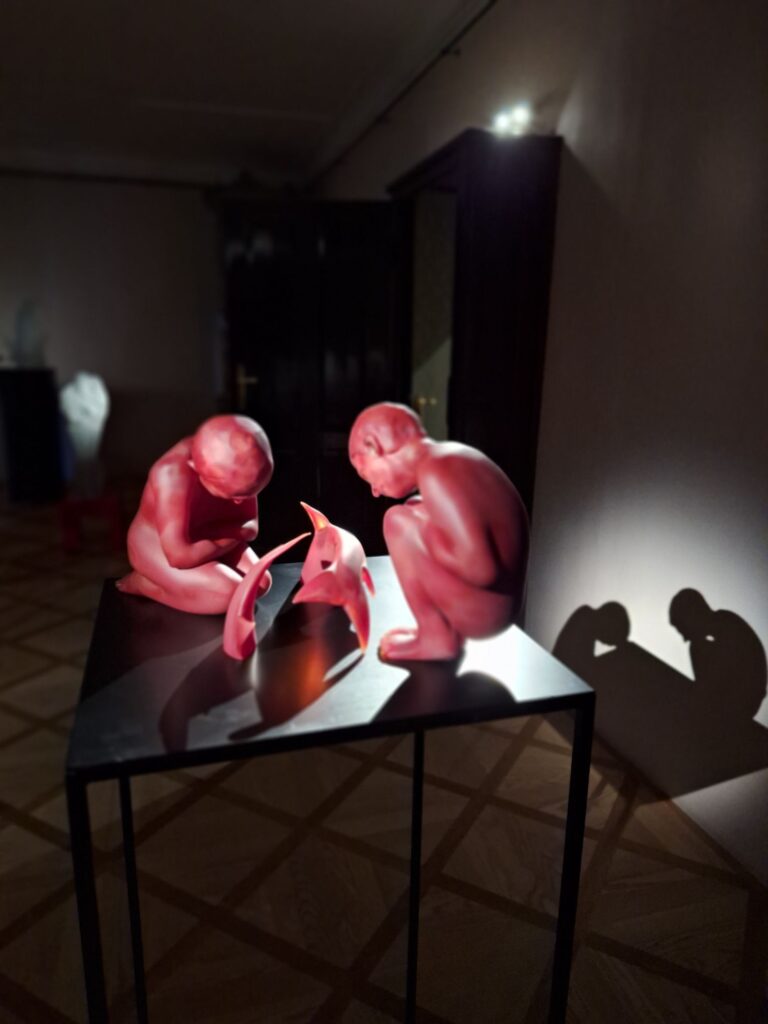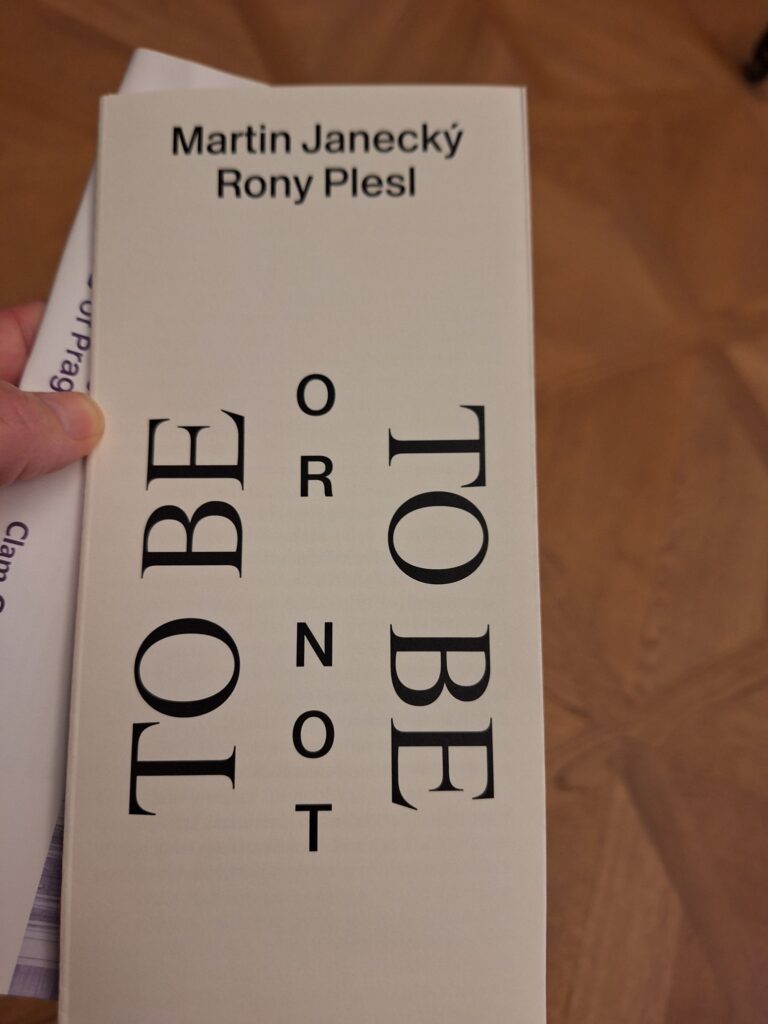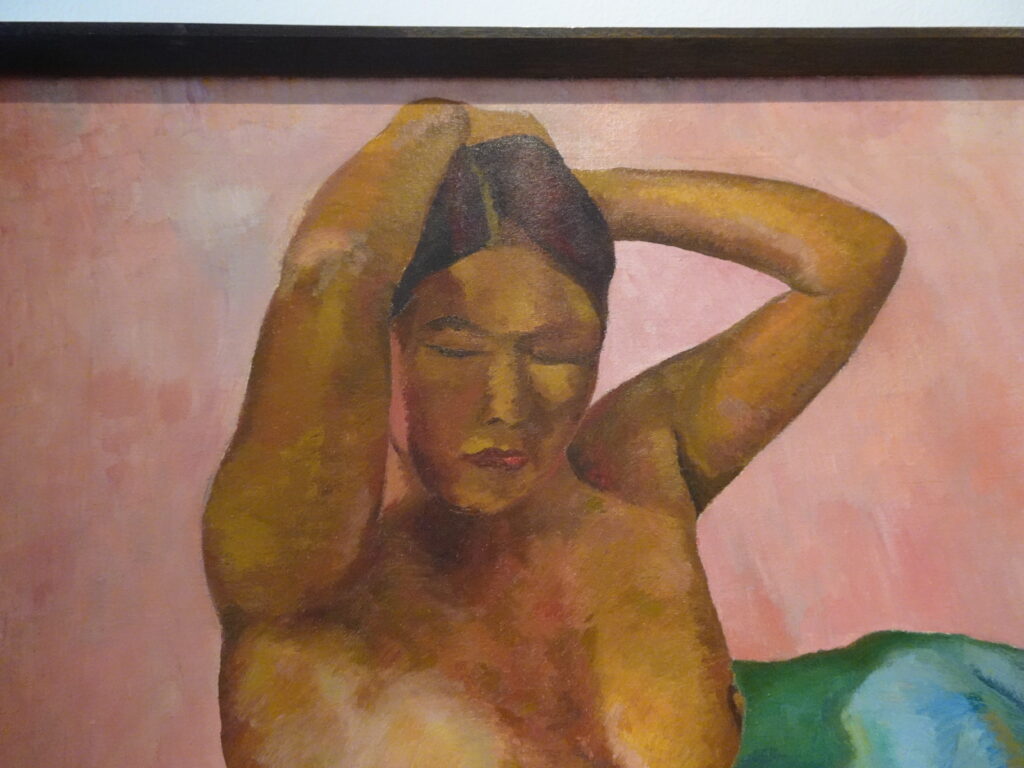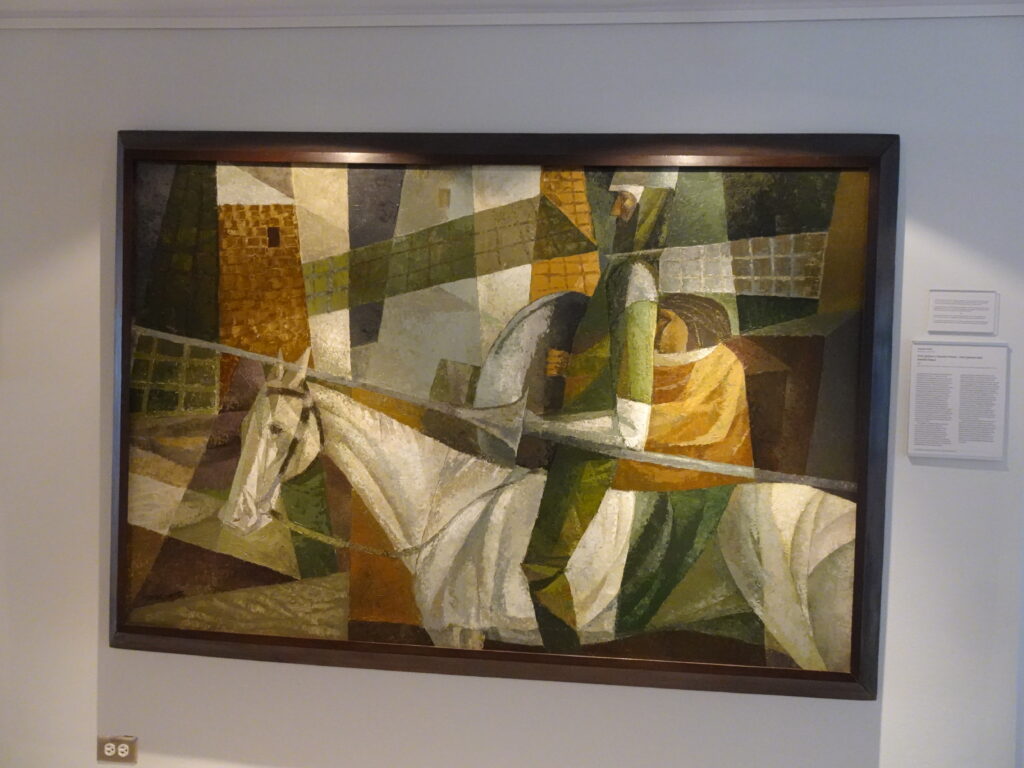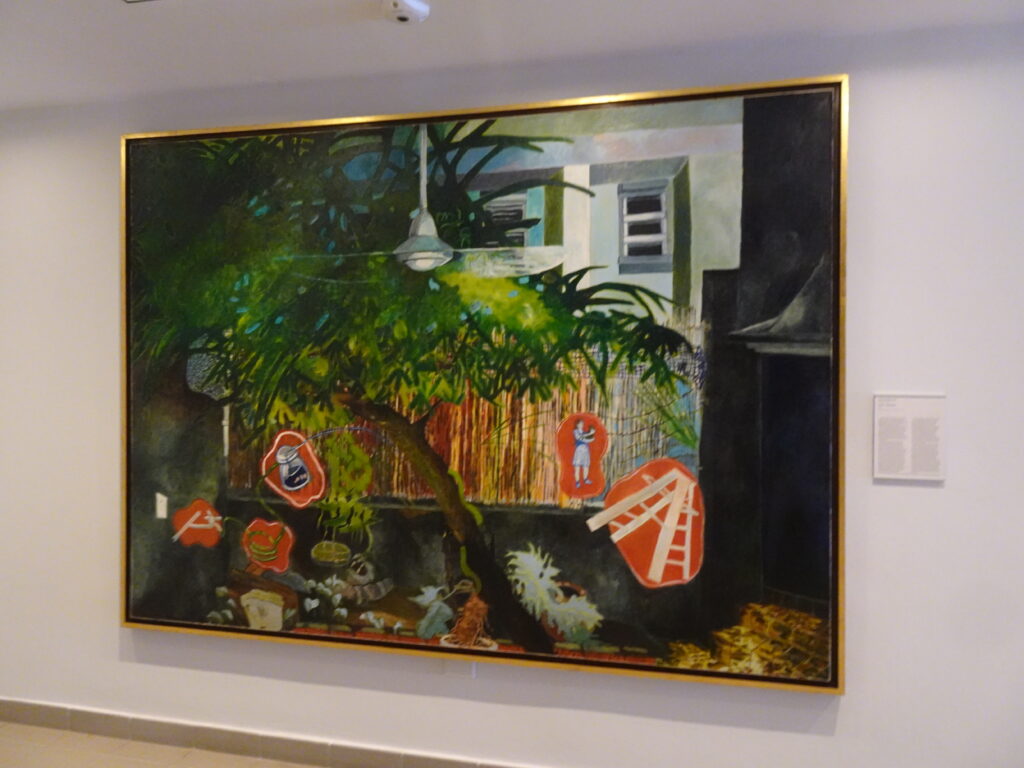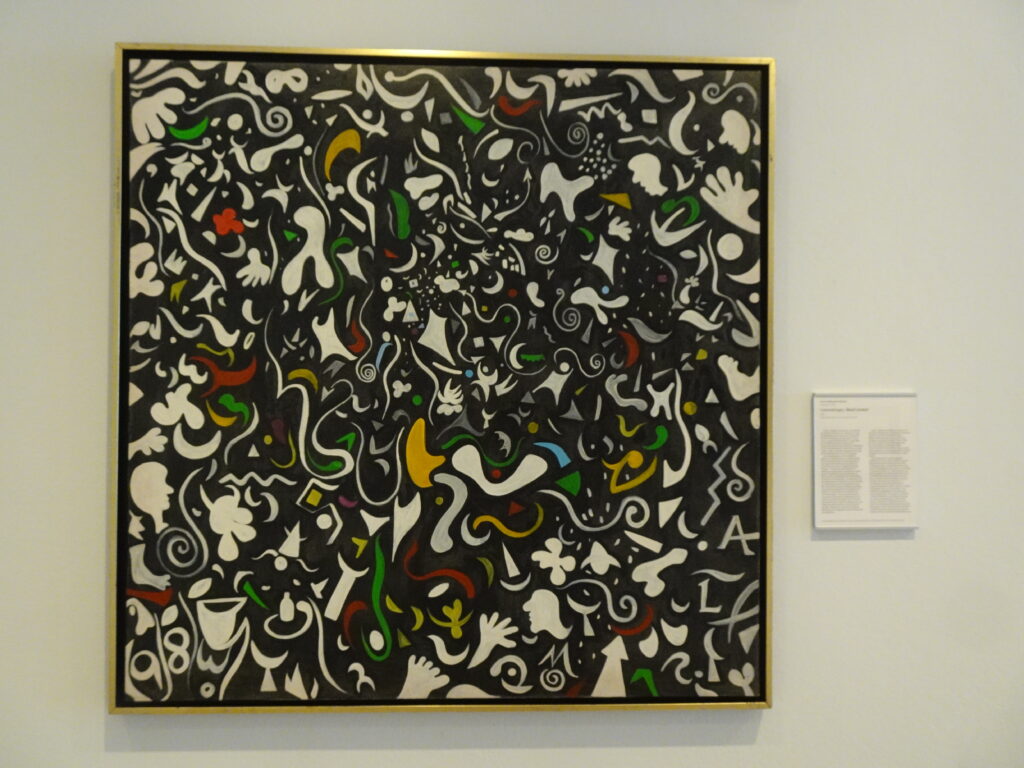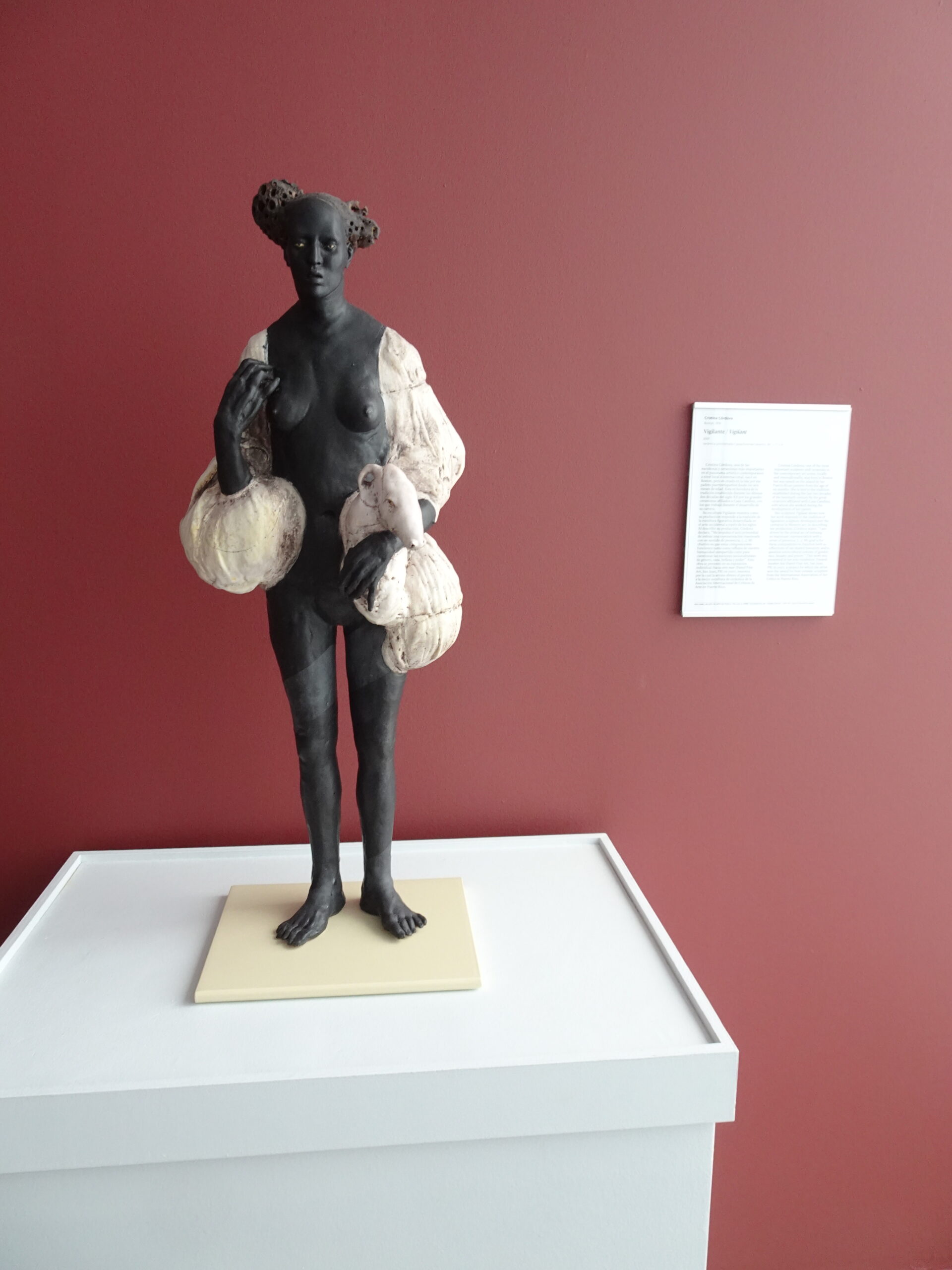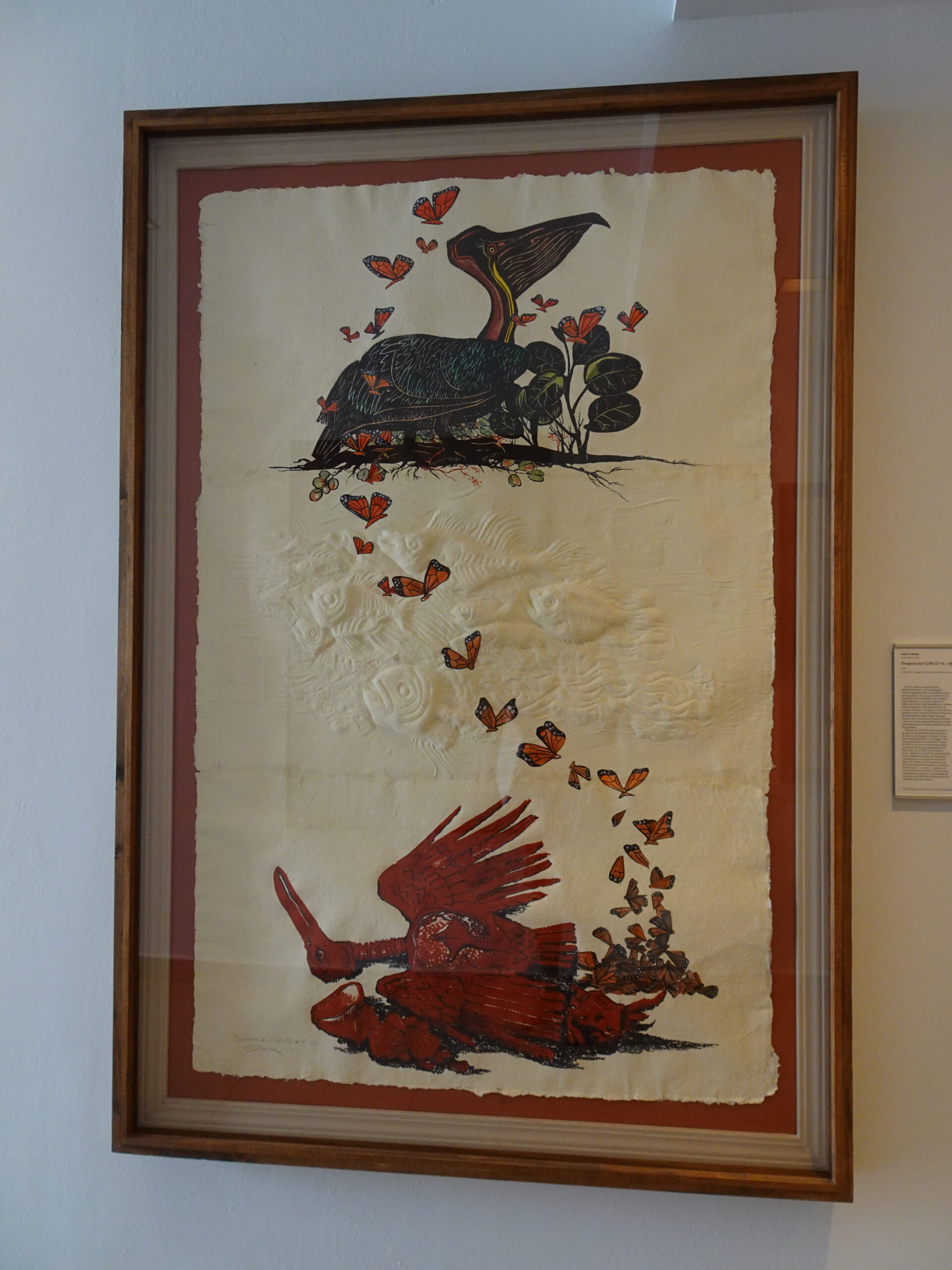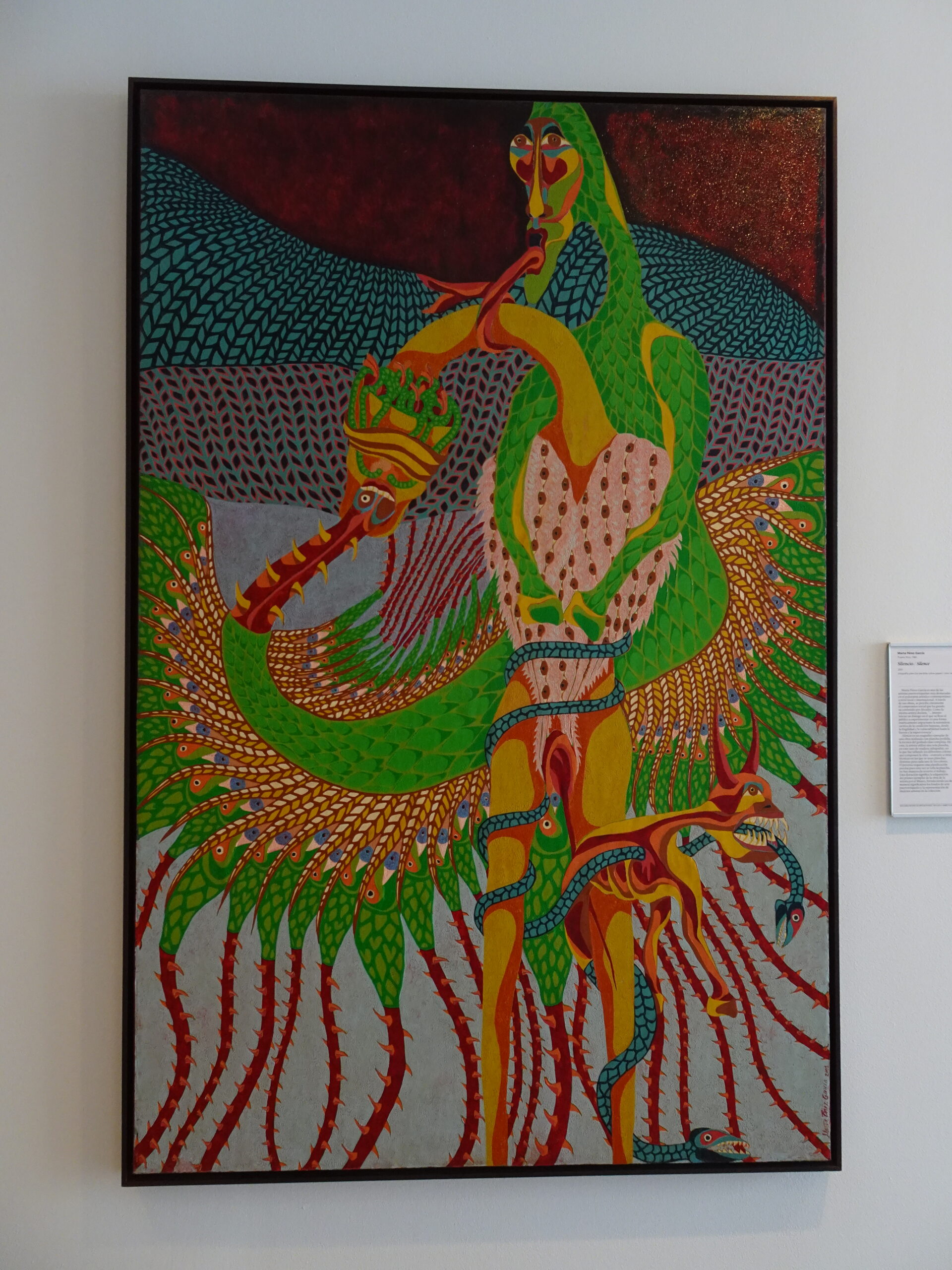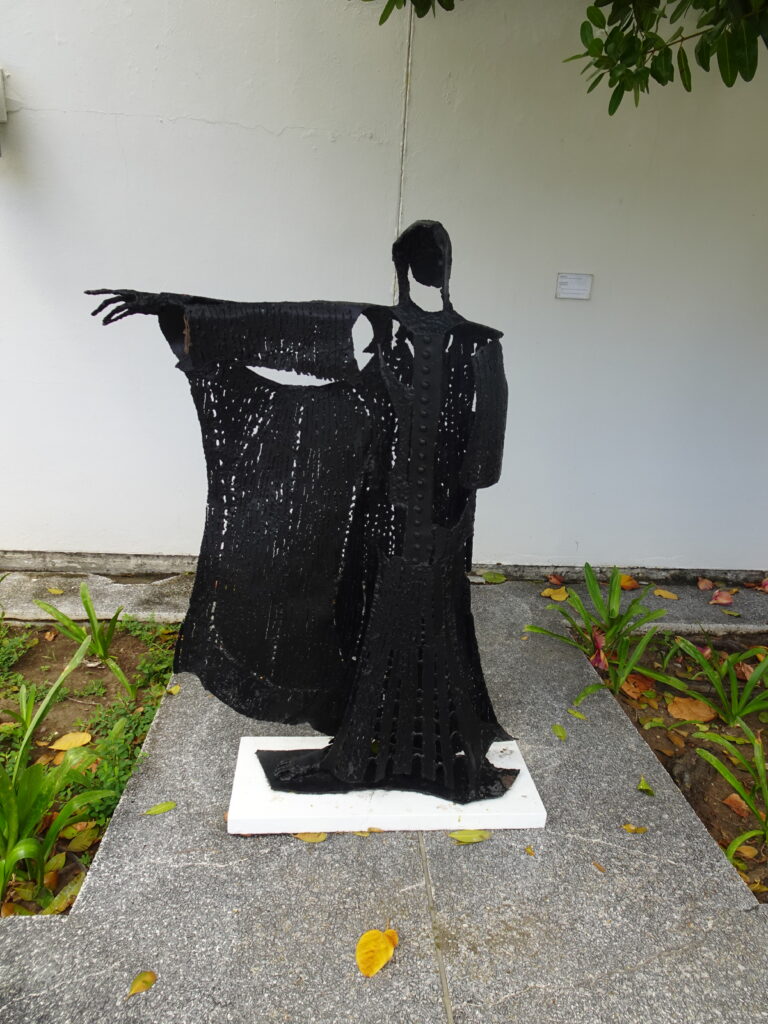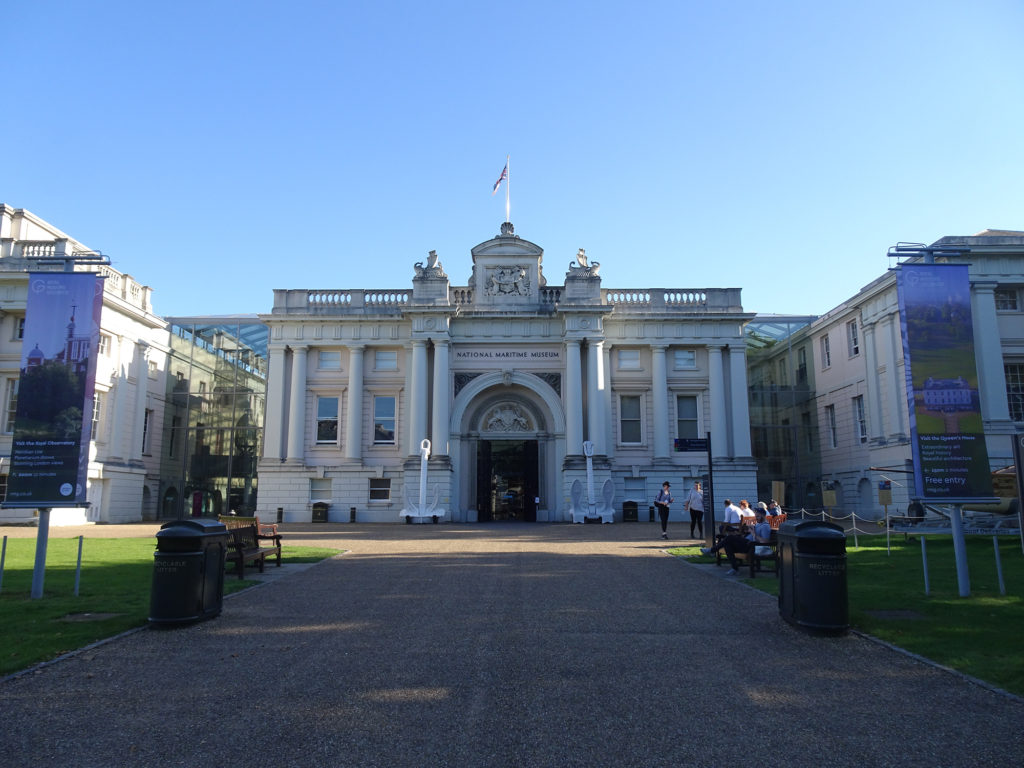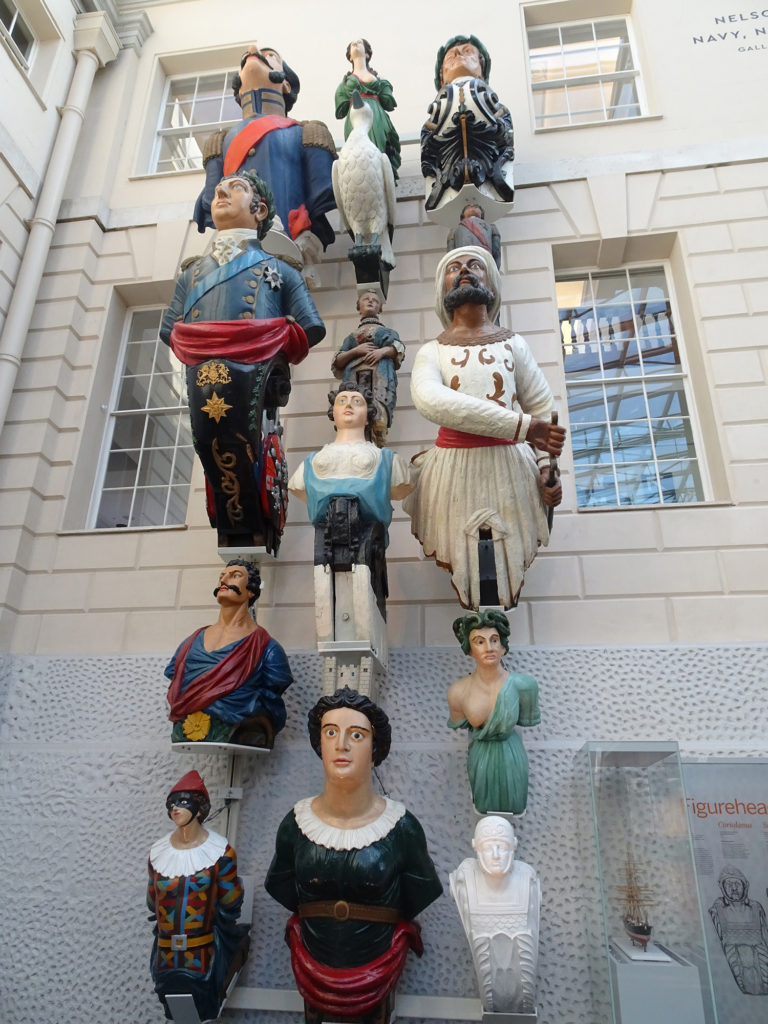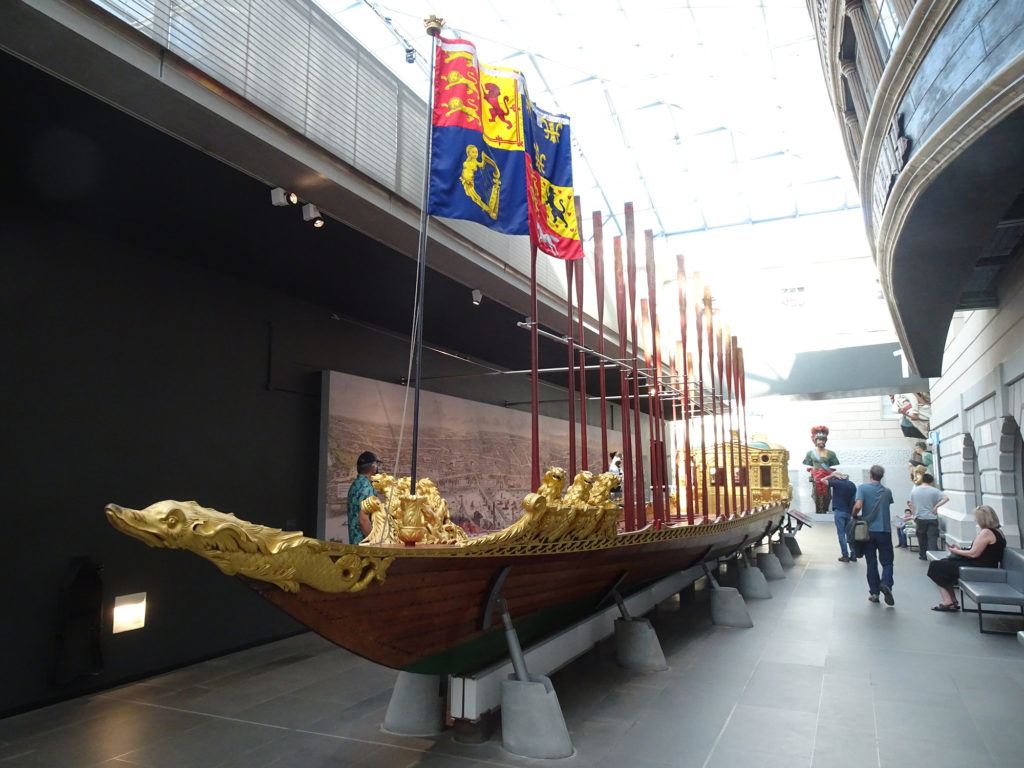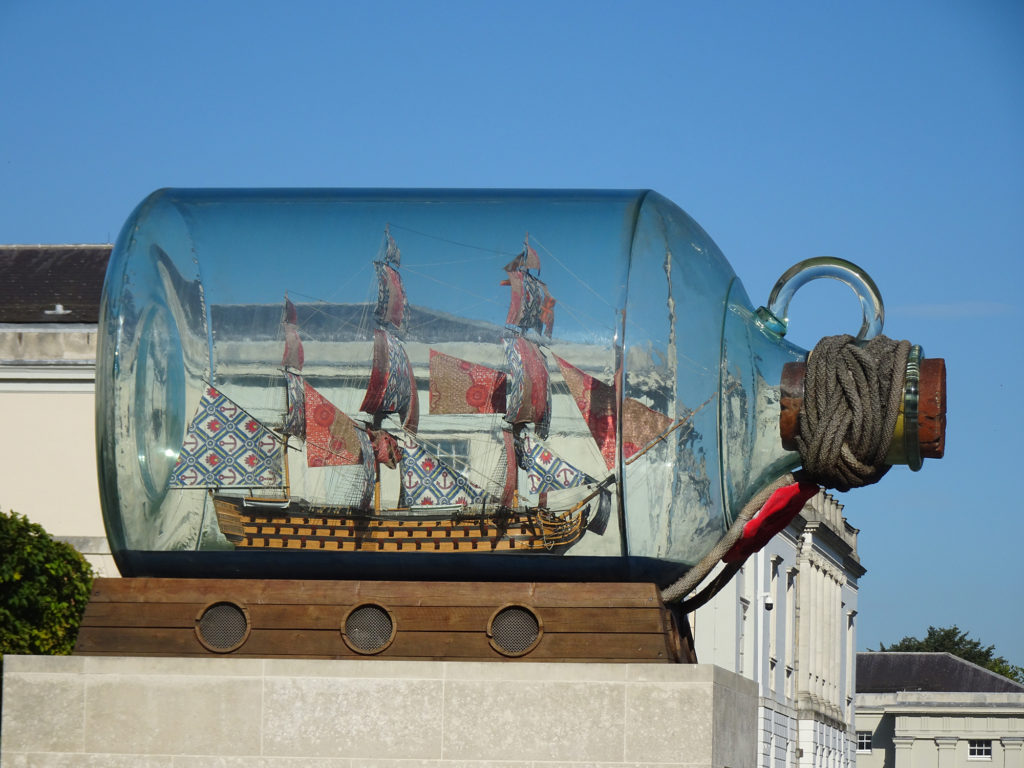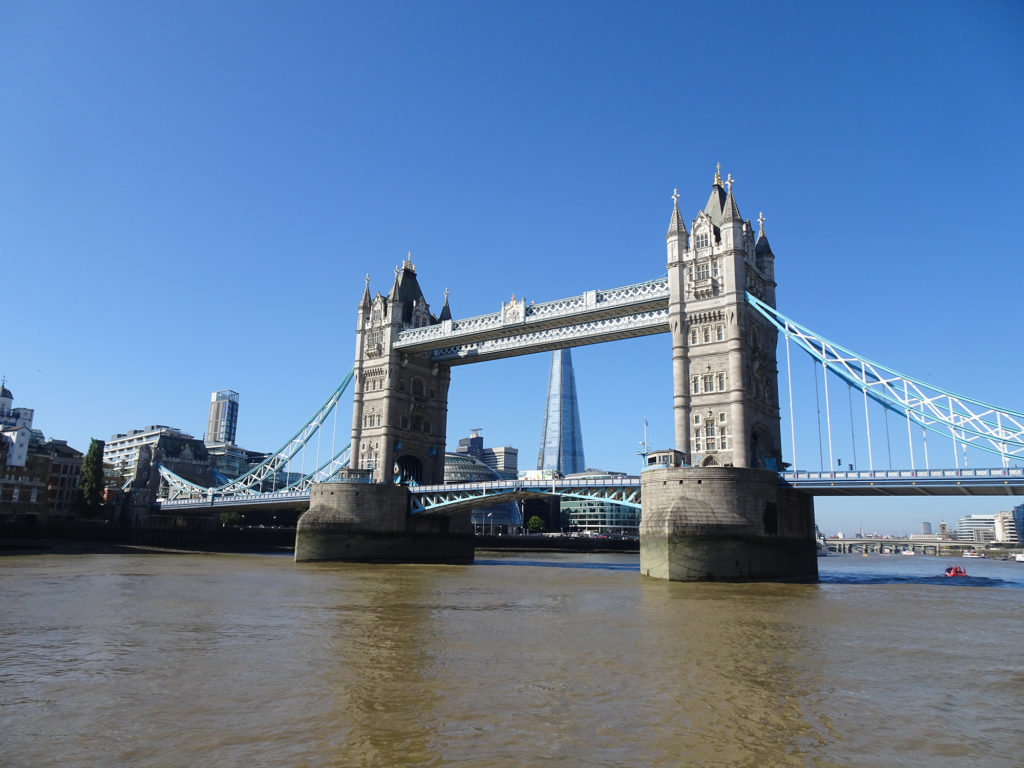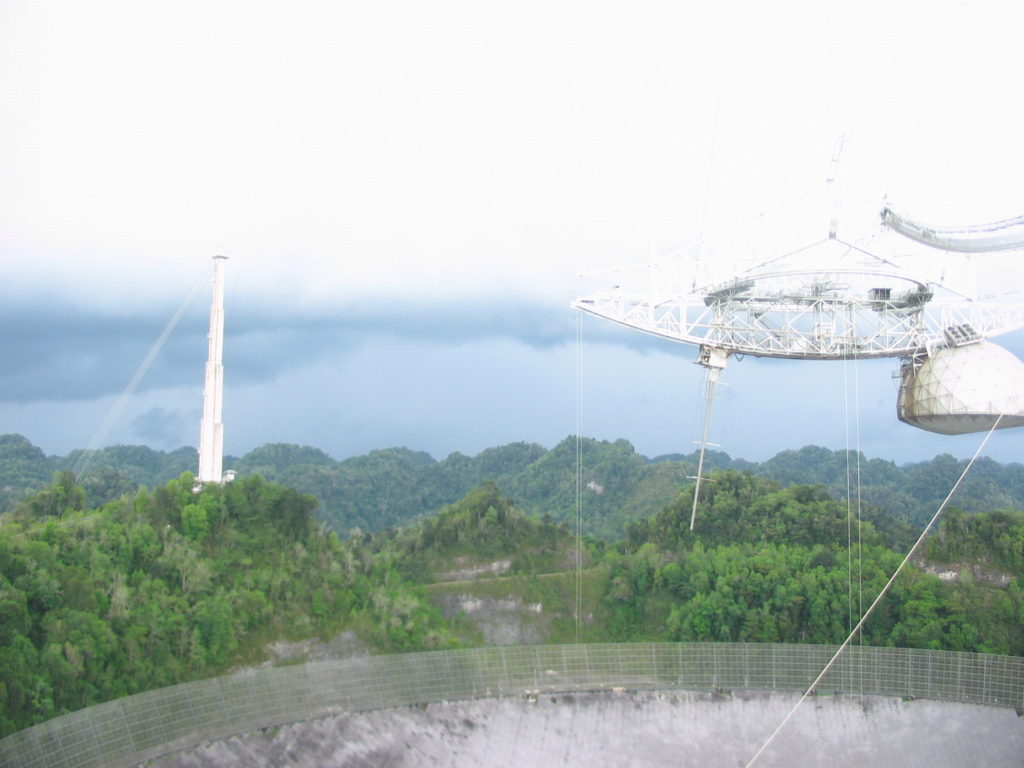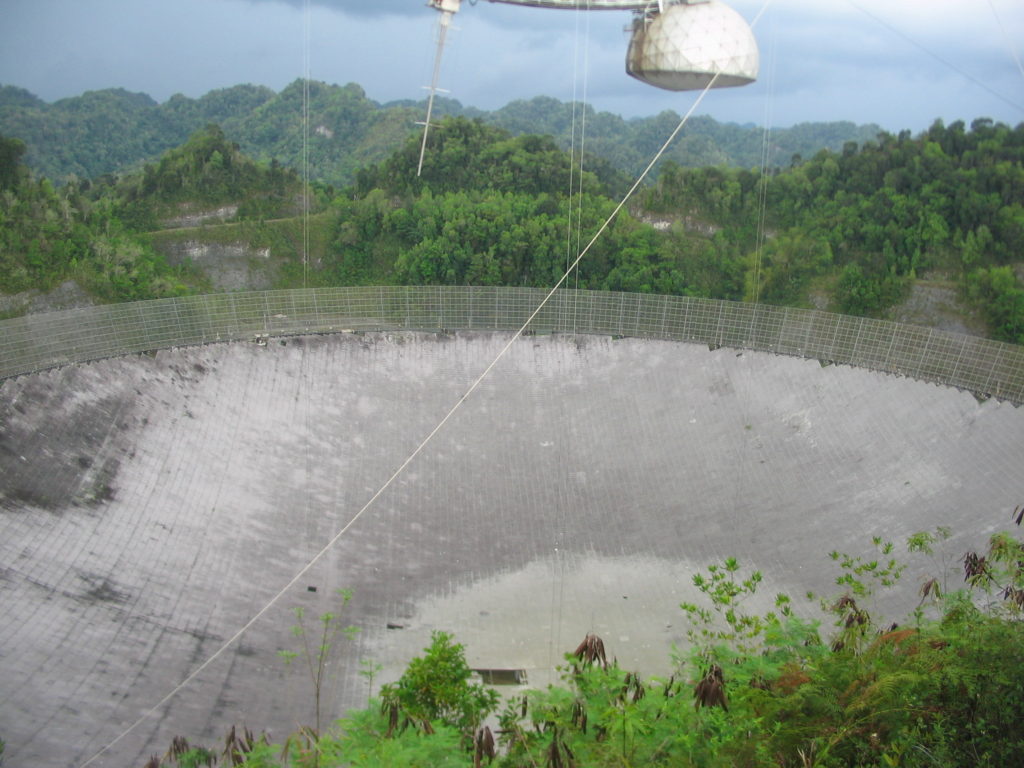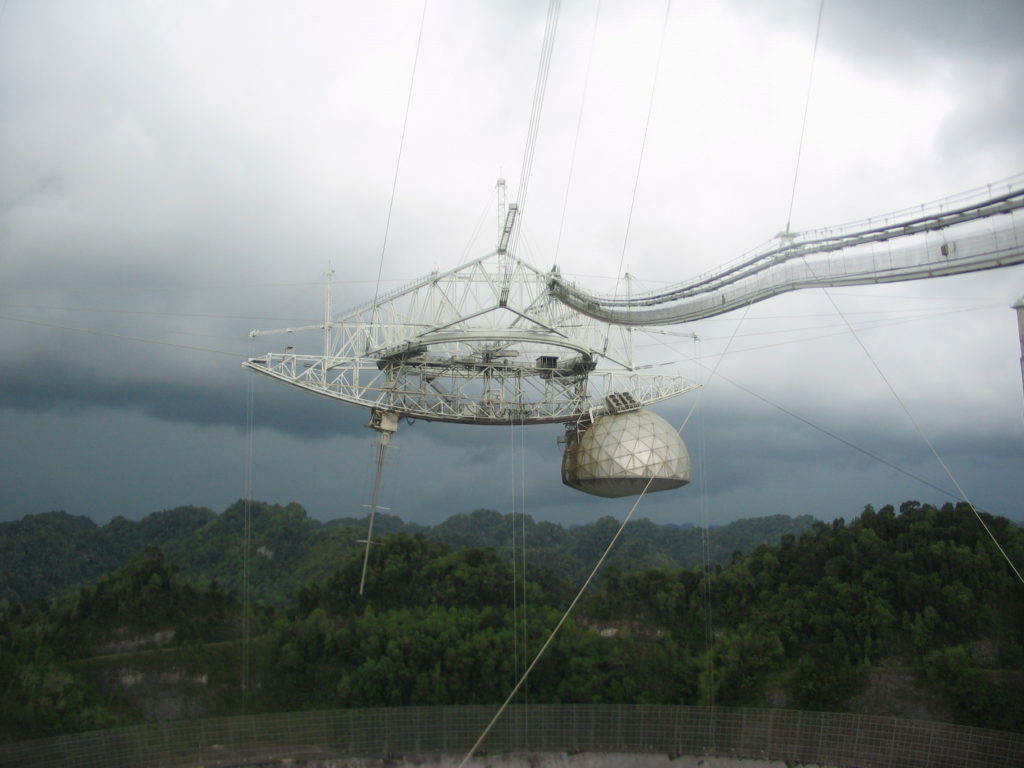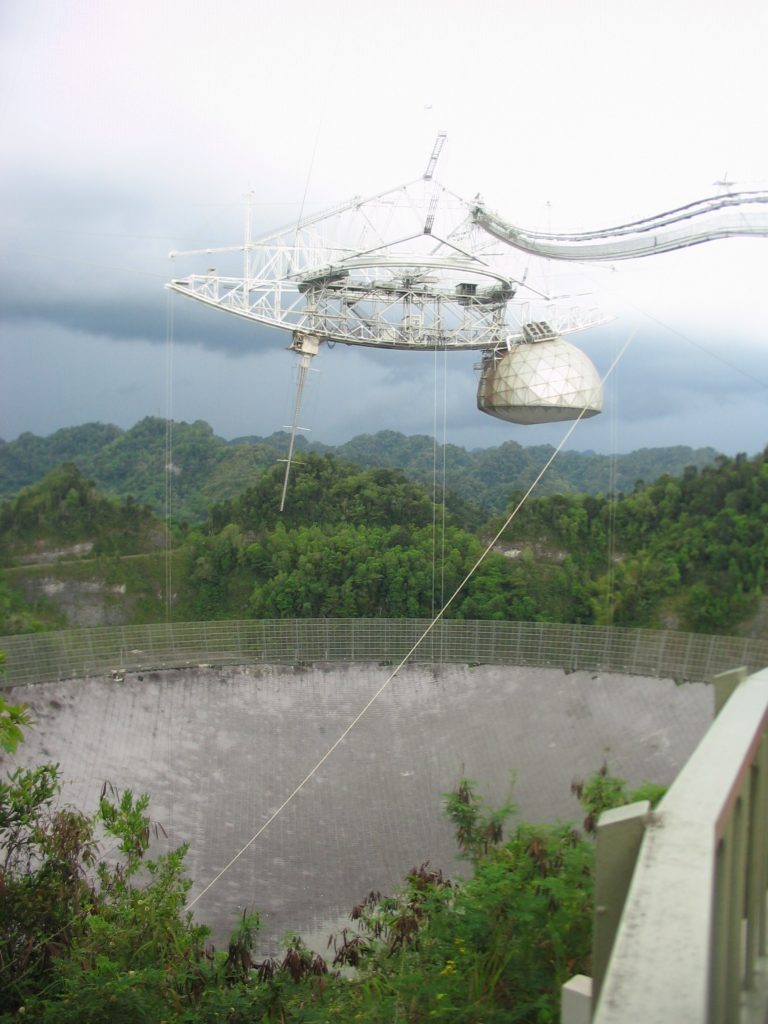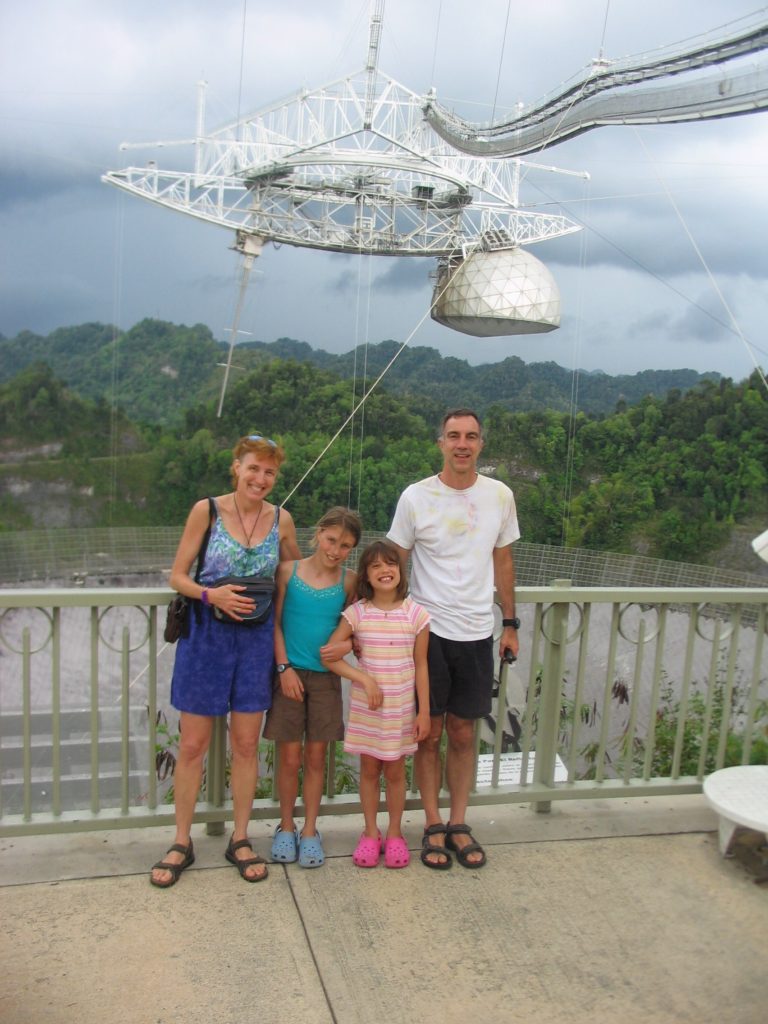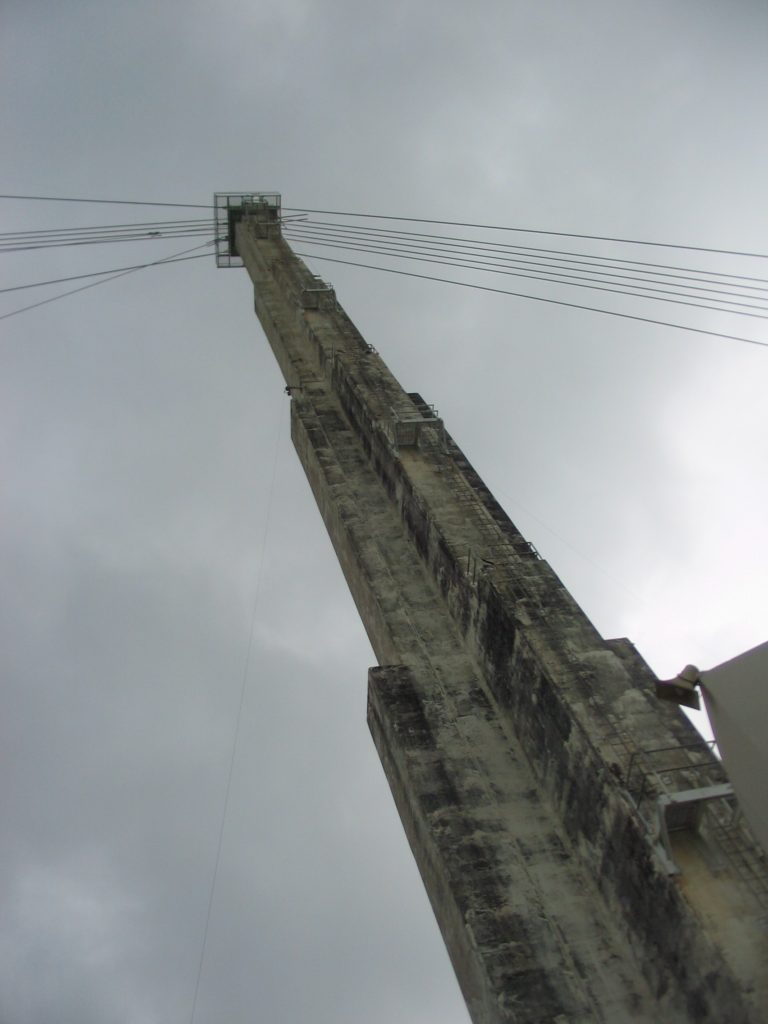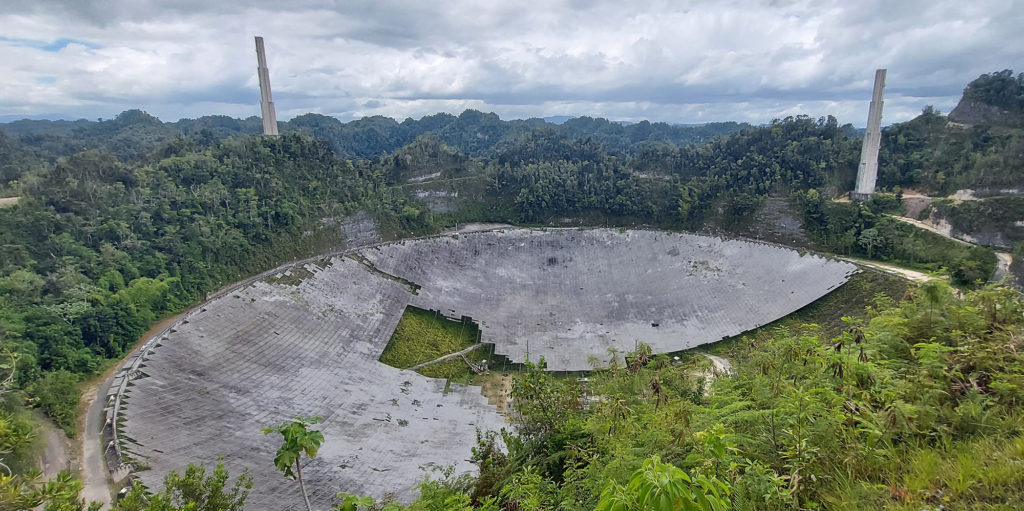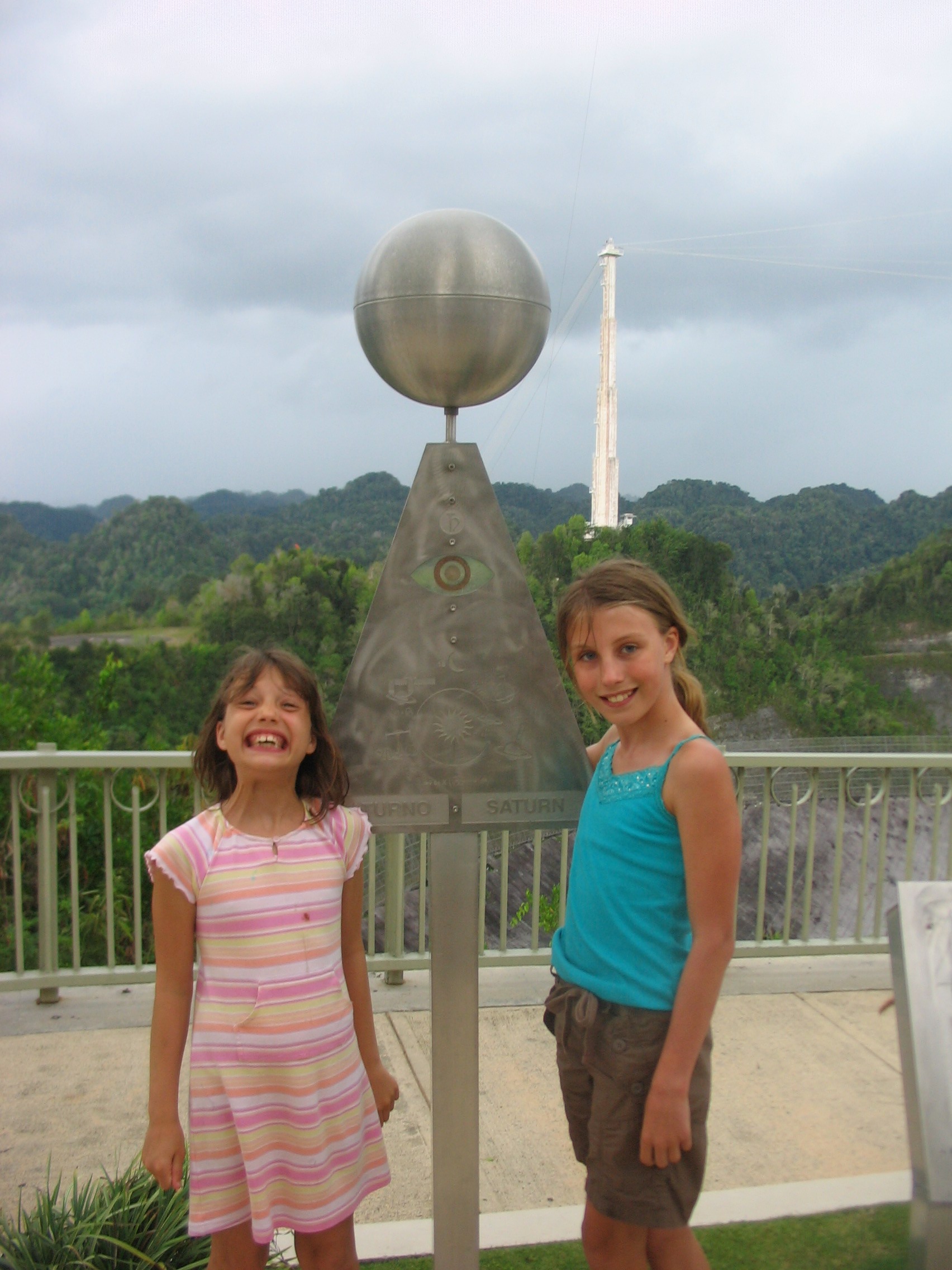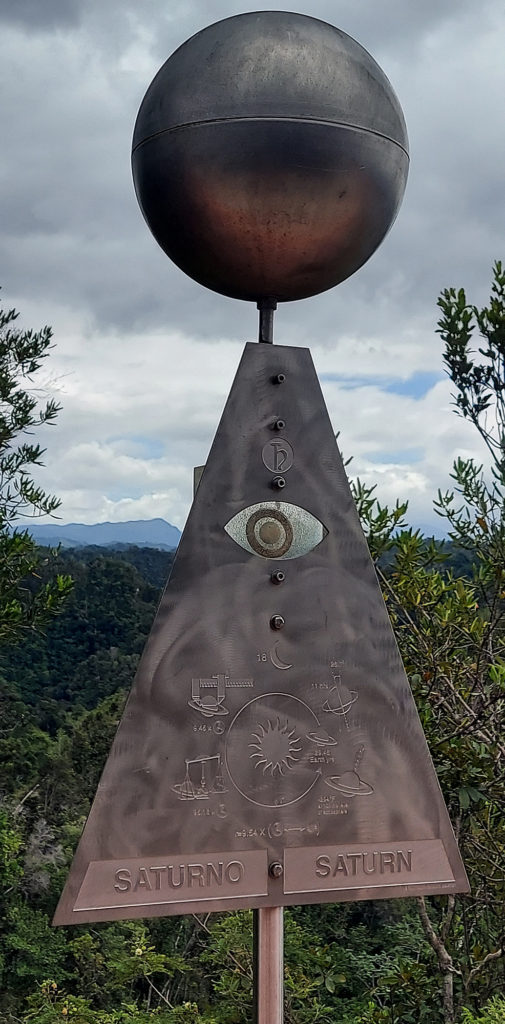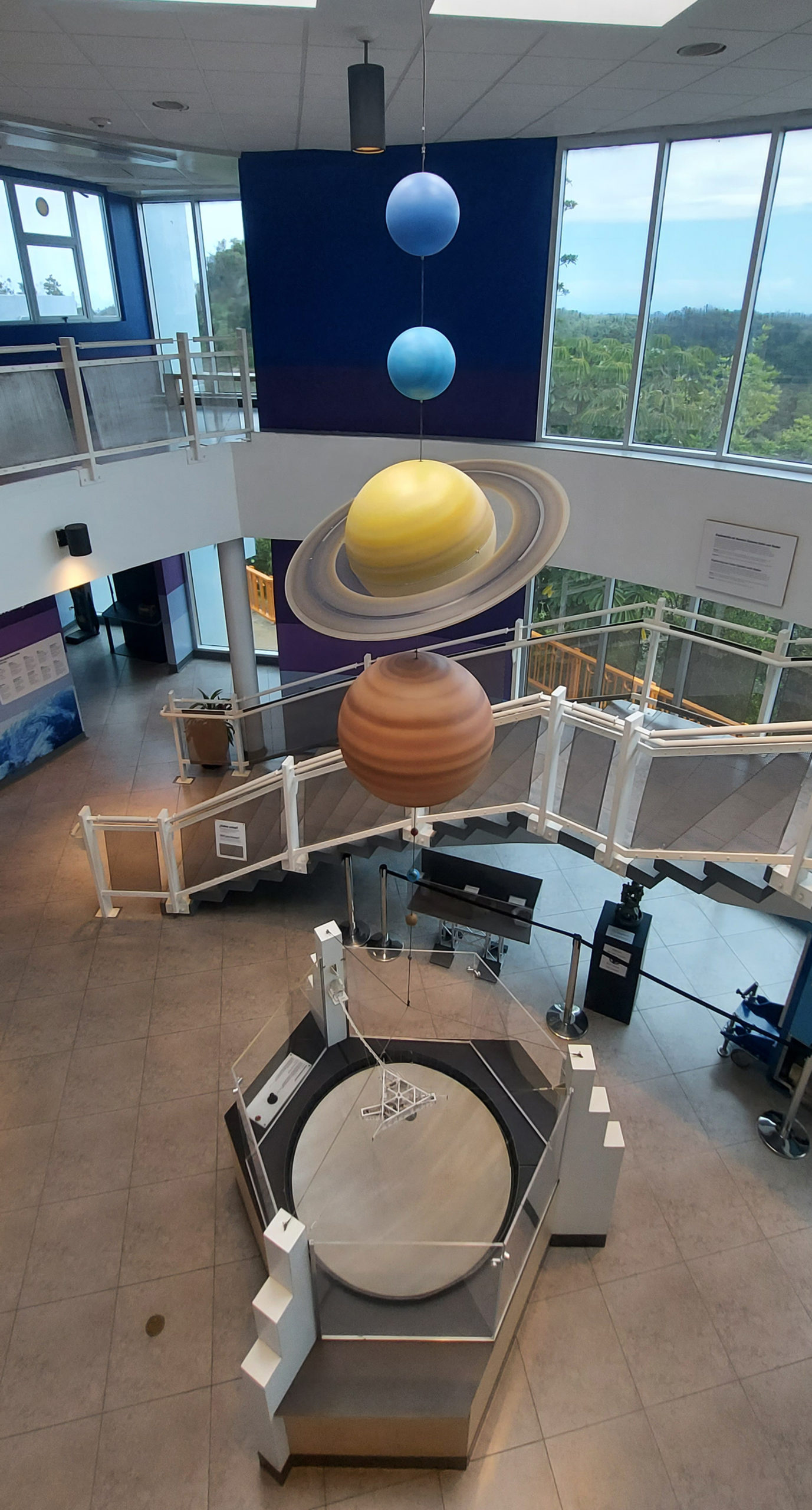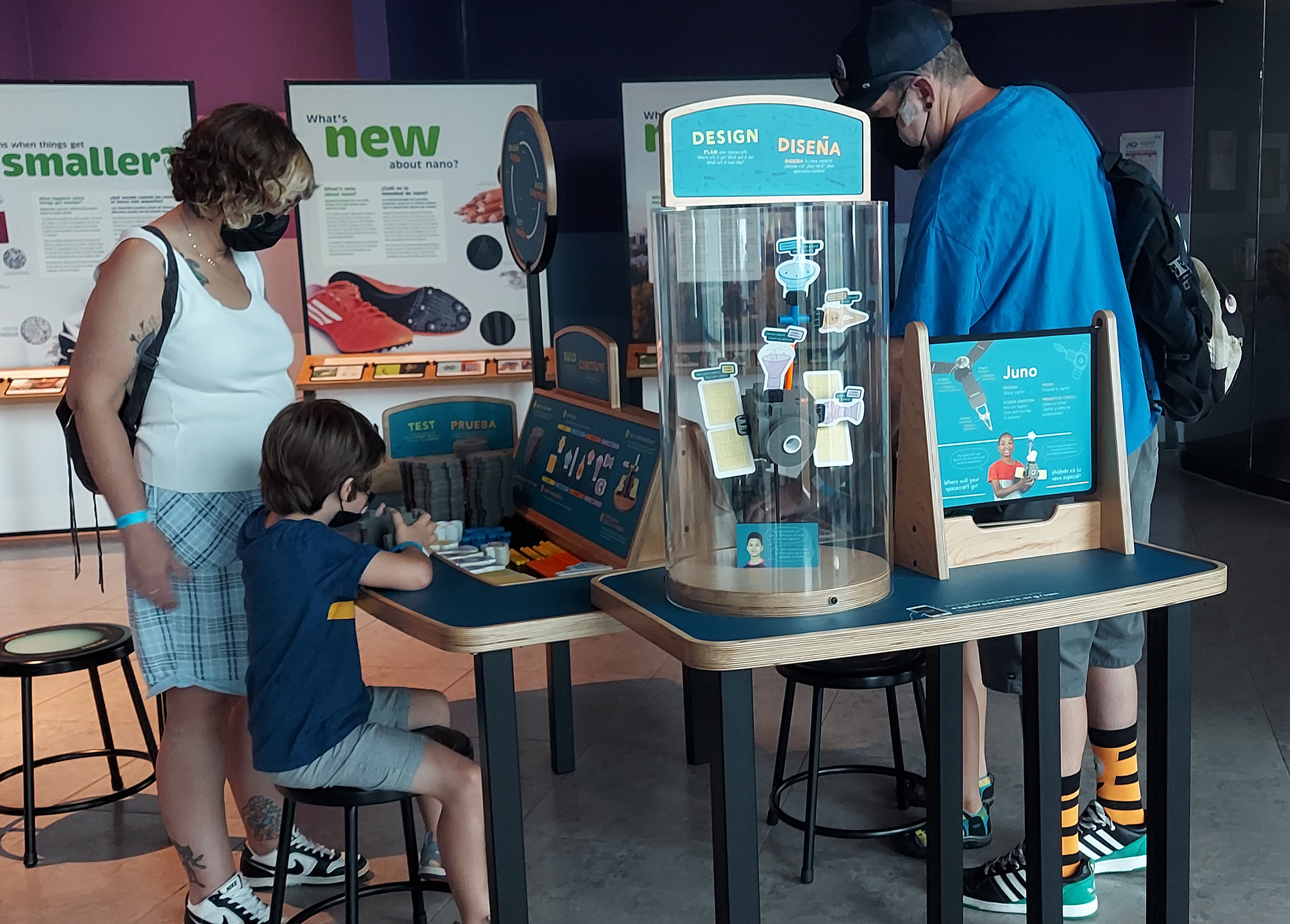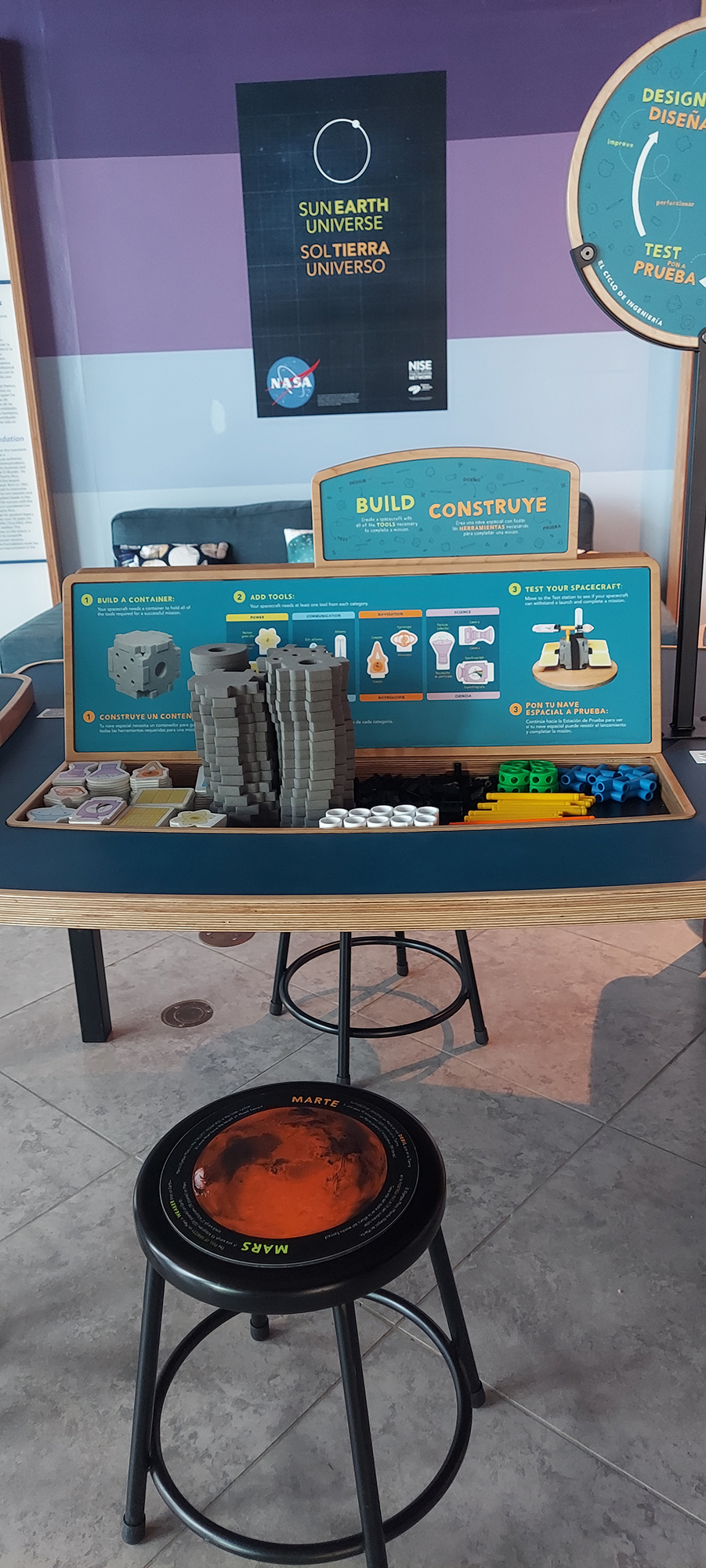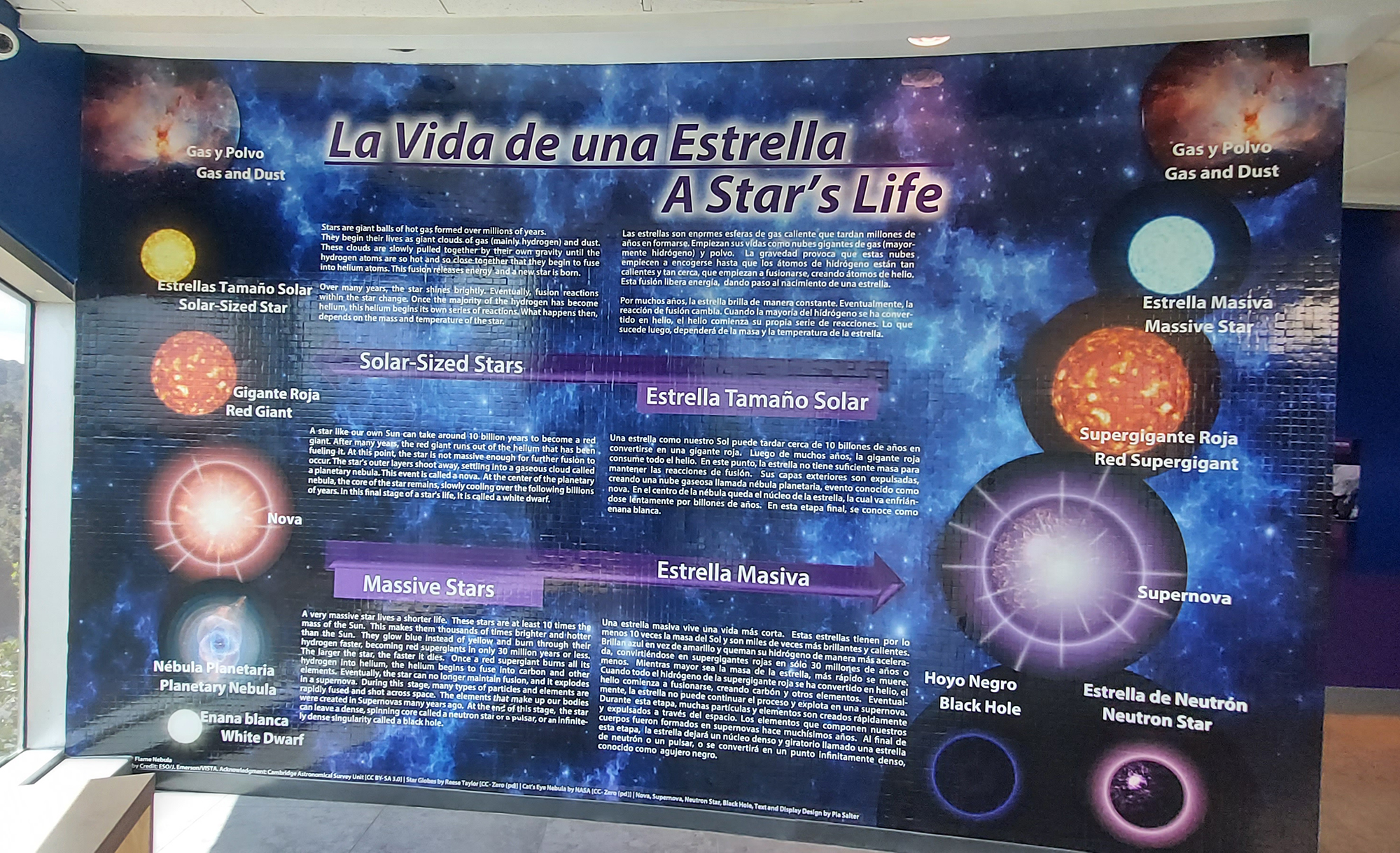There is a big bronze statue of the fictional character Don
Quixote right outside, and a brilliant baritone singing in front of the house
next door, so who we were we to say no?
Who the Heck is Don Quixote?
For those not well-versed in literary endeavors, Don Quixote
is a fictional character created by the Spanish author Miguel de Cervantes in a
book rather awkwardly titled The Ingenious Gentleman Sir Quixote of La Mancha. This
is what Wikipedia has to say about it:
Published in two parts, in 1605 and 1615, Don
Quixote is the most influential work of literature from the Spanish Golden Age and the entire Spanish
literary canon. As a founding work of modern Western literature, it regularly appears high on
lists of the greatest works of fiction ever published, such as the Bokklubben World Library collection that
cites Don Quixote as the authors’ choice for the “best literary
work ever written”.
Needless to say, no one in my family has read it, not
even Aryk, the writer and English Literature major. This is what Wikipedia says
it is about:
The story follows the adventures of a noble (hidalgo) named Alonso Quixano who reads so
many chivalric romances that he loses his sanity
and decides to become a knight-errant (caballero
andante), reviving chivalry and serving his country, under the name Don
Quixote de la Mancha. He recruits a simple farmer, Sancho
Panza, as his squire, who often employs a unique, earthy wit in dealing
with Don Quixote’s rhetorical orations on antiquated knighthood.
Don Quixote, in the first part of the book, does not see the world for what it
is and prefers to imagine that he is living out a knightly story.
Don Quixote and My Mother
My late mother’s favorite musical was
The Man of La Mancha, a 1965 musical about Don Quixote. She would have really enjoyed this museum. If you have ever heard the song The Impossible Dream, you should know it comes from this musical. (I realize this is irrelevant, but I had to share it anyway.)
The museum, located a couple of blocks off the main
square, was founded in 1987 by the collector
Eulalio Ferrer Rodríguez, a former
captain in the Spanish Civil War who, legend has it, traded a pack of cigarettes
for the book
Don Quixote, and the book helped keep him
sane and captured his imagination during the time he spent in a refugee camp in
France. An entrepreneur involved in communications and advertising, he later immigrated
to Mexico and brought his devotion to Don Quixote to Guanajuato, which is now
famous for its annual, month-long Cervantino festival – even though Cervantes himself
never set foot in this city!
 |
| Eulalio Ferre Rodriguez |
An Amazing Variety of Art
The museum is quite good. It’s situated in what was
probably the mansion of a mine-owner, and it houses in 16 rooms a striking collection
of different types of pieces by different artists whose theme revolves around
the figure of Don Quixote and the rest of the characters in the novel. There
are bronze sculptures, surreal paintings, sketches, multimedia pieces and more!
Here are a few of my favorites.
